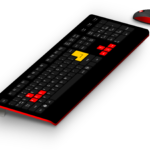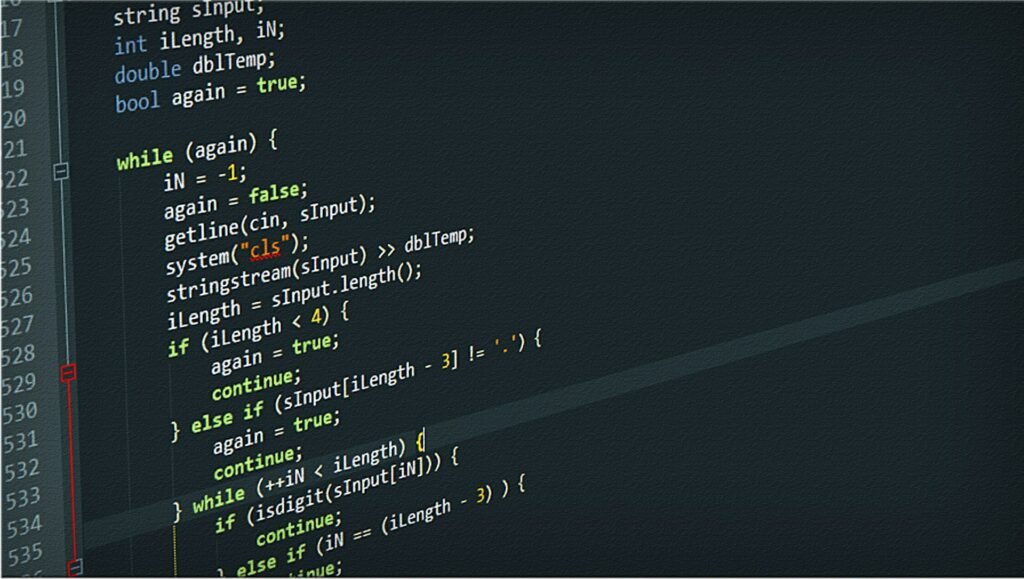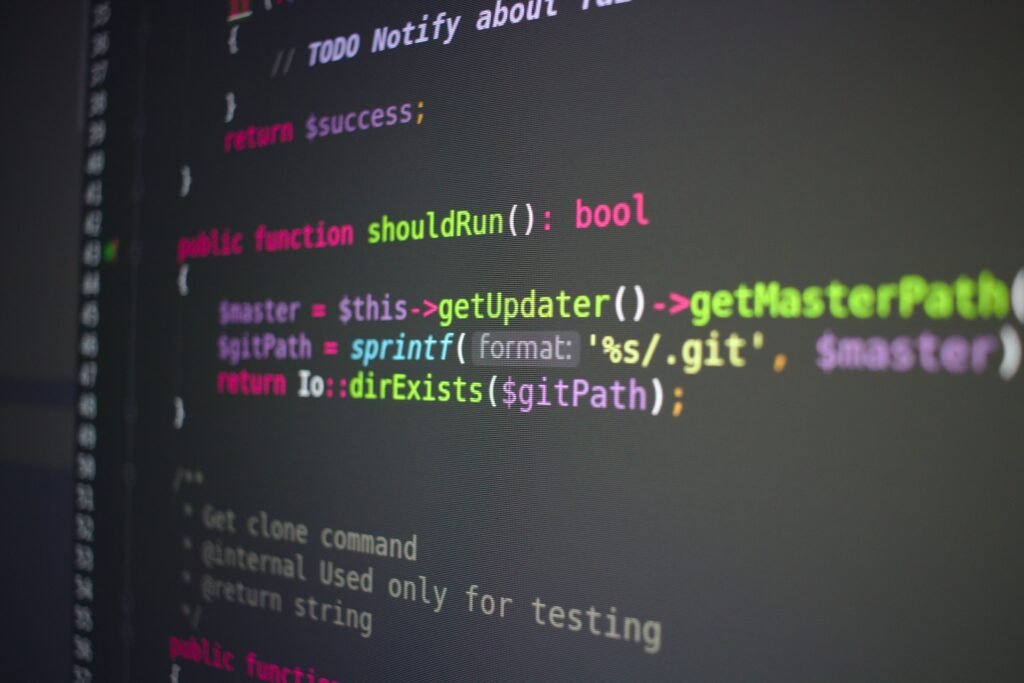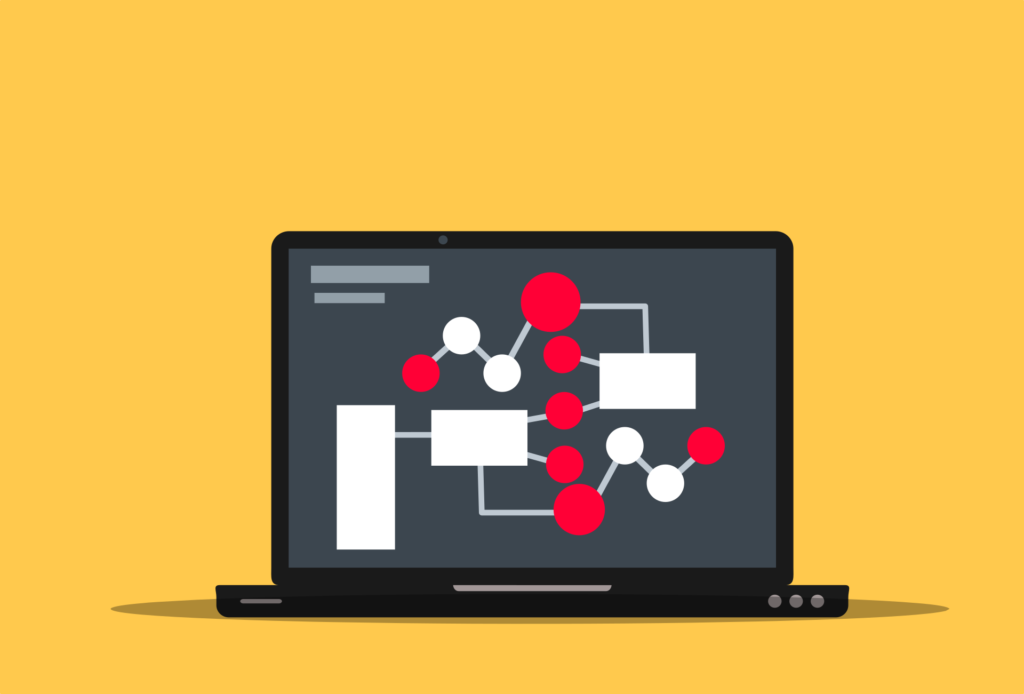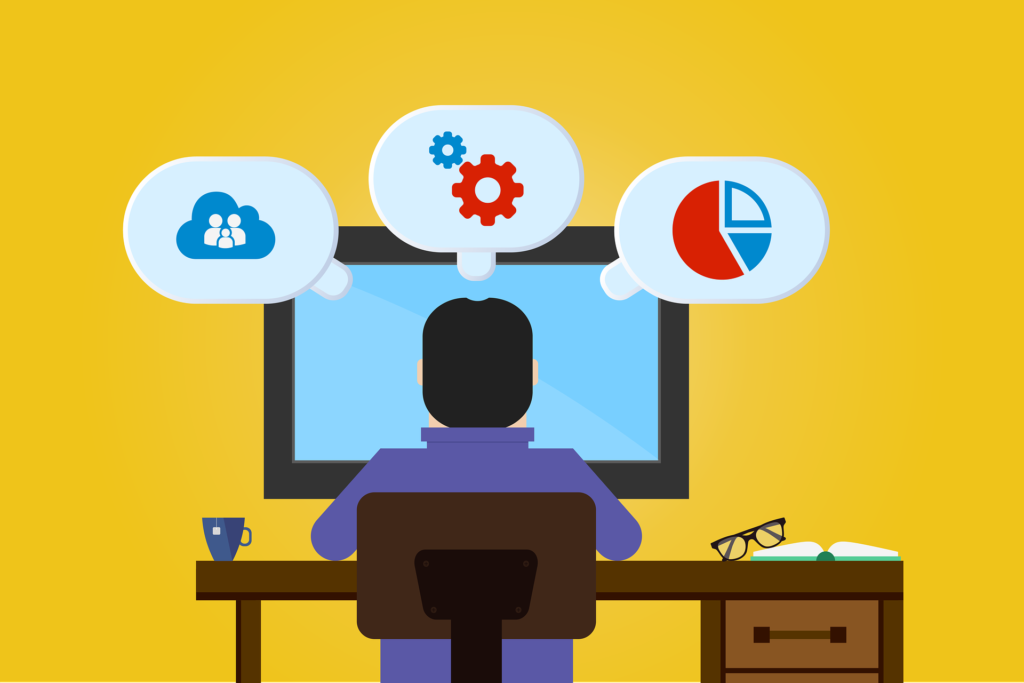What is Go Programming language
Go, also known as Golang or the language. The Go language is an open-source programming language created by Google in 2009. It was designed to be simple, efficient, and easy to use, with a focus on concurrent and network programming. Go is a compiled programming language, which means that program code written in Go is first compiled into executable binary files. Which can be run on the computer.

Here are some of the key features of the Go programming language.
- The Go language was designed to be easy to read, write and maintain. The basic syntax of Go programming language is very simple and easy. Which has a minimum set of keywords and constructions.
- The Go programming language has built-in support for concurrency. Which allows Go programmers to write efficient, scalable, programs. Which can run on many of the existing computer processors or cores.
- Go programming has automatic garbage collection. Which means that the Go programmer does not need to worry about manually allocating or freeing memory for Go program variables.
- Go programming is a fast language. Whose programming behavior performance is comparable to C or C++. It achieves this speed through a number of optimizations. Including a lightweight syntax, fast compile time and efficient memory management features.
- Go code can be compiled to run on a variety of operating system platforms, including Windows, macos, Linux, and others.
Some other features of the Go programming language include.
- Go is a statically-typed language. Which means that the variable types are checked at compile time instead of at runtime. This can help to catch errors in Go programs early and make Go programs more reliable.
- Go has built-in testing support features. Which makes it easier to write unit tests, and ensures that no new bugs are introduced when the code changes.
- Go programming is an open-source language. Which means anyone can contribute to its development, and use it free commercial and non-commercial.
- The Go language has a strong and active community of developers. Which allows Go developers to contribute to the language and its ecosystem of libraries and tools. This makes it easy to get help, learn from others, and stay up-to-date with the latest developments in the language.
- Go programming can be easily integrated with other languages, including C, C++, and Python, through the use of language bindings and inter-process communication.
- Some popular projects and applications using the Go language include Docker, Kubernetes, Terraform, and the Hugo static site generator. With a combination of simplicity, speed, concurrency, and cross-platform compatibility, Go is a powerful language. Which is suitable for a wide range of programming tasks.
In conclusion, Go is a versatile and powerful language. Which is well suited for a wide range of programming tasks. That includes everything from building web servers to writing system utilities to developing large-scale distributed systems.
Go language version
Here is a list of all the major stable releases of the Go language since its initial release in 2009.
- Go Version – 1.0
- Go Version – 1.1
- Go Version – 1.2
- Go Version – 1.3
- Go Version – 1.4
- Go Version – 1.5
- Go Version – 1.6
- Go Version – 1.7
- Go Version – 1.8
- Go Version – 1.9
- Go Version – 1.10
- Go Version – 1.11
- Go Version – 1.12
- Go Version – 1.13
- Go Version – 1.14
- Go Version – 1.15
- Go Version – 1.16
- Go Version – 1.17
How to download go language
You follow these steps to download and install Go language on your computer.
- First you go to the official Go website golang.org and click on the “Download” link at the top of the page.
- Now select the appropriate download link for the operating system installed on your computer. The Go language supports a wide variety of operating system platforms, including Windows, macos, Linux, freebsd, and others.
- Follow the instructions provided by the Go language installer to complete the installation process. The installer should automatically set your environment variables and other system settings to enable you to use the Go command-line tools.
- Verify that Go is installed correctly by opening a Command Prompt or Terminal window and running the command go version. This will display the version number of the Go compiler installed on your system.
Go language syntax
The syntax of a Go program is structured around the concept of packages. In which each package contains one or more Go program source files.
Here is an example program that demonstrates the basic syntax of Go.
Package main
Import “fmt”
Func main() {
Fmt.Println(“Welcome to Mit Academys”)
}
The program consists of a single file with a package declaration (package main) and a main function (func main()). The import “fmt” statement imports the fmt package. Which provides functions for formatting and printing output.
The main function is the program’s entry point, and it uses the fmt.println() function to print the message “Welcome to mit acadmys”. For console.
Here are some key points to note about the syntax of this program.
The package keyword is used to declare the name of the package to which the file belongs.
The import keyword is used to import other packages required by the program.
Functions in Go are declared using the func keyword followed by the function name, parameters (if any), return type (if any) and the function body.
The main function is a special function. Which serves as the entry point of the program.
The Fmt.Println() function is used to print the statement output to the console screen.
Finally, the syntax of Go programs is designed to be simple and easy to read, with a focus on clarity and ease of use.
Go language examples
To start programming with the Go language, you need to have the Go programming development environment installed on your computer. You need to download and install the Go compiler on your computer. Including the Go command-line tools and the Go standard library features. Once the Go language is installed, you can write Go programs using your favorite text editor or integrated development environment (IDE). And then you can use the Go command-line tools to compile and run your code.
Here’s an example of a simple “hello, world” program in Go.
Package main
Import “fmt”
Func main() {
Fmt.Println(“Hello, World”)
}
To run this program, save it in a file named hello.go, and then use the following command.
Go language pros and cons
Go is a popular programming language developed by Google. It is known for its simplicity, efficiency, and strong support for concurrent programming. Here are some of the advantages and disadvantages of using the Go language.
Get language professionals.
- The Go language has a simple syntax and a minimalistic approach to programming. Which makes it easy for beginners to learn and write Go programs.
- Go is a compiled language, which makes Go programs fast and efficient executable with low memory footprint.
- The Go language has built-in concurrency features. Such as goroutines and channels, which make it easier to write concurrent programs and take advantage of multi-core cpus.
- The Go language comes with a large standard library support. That includes packages for networking, encryption, compression, and more. Thereby making it easy to build complex applications without relying on external libraries.
- The Go language supports cross-compilation. Which allows Go program developers to build binaries for multiple platforms from a single codebase.
- Go features a built-in garbage collector. Which automatically manages the Go program variable memory. Reduces the risk of memory leaks and other memory related bugs.
Go language cons.
- Go does not have full support features for generics. Which can make it more difficult to write Go programs generic algorithms and data structures.
- While Go has a robust standard library. The ecosystem of third-party libraries and tools is still relatively small compared to other languages like Python or javascript.
- Whereas Go language is generally easy to learn. Some of its advanced concepts, such as channels and concurrency, may take some time to master.
- The Go language uses explicit error handling. Thereby, Go programs can lead to verbose and repetitive code when handling errors.
In conclusion, Go is a powerful and efficient programming language. Which is suitable for building scalable and high-performance systems, especially those that require concurrency. Although it may not be the best option for every use case. It’s definitely worth considering for many applications.
What is go language used for
The Go programming language is a versatile language. Which you can use for a wide variety of applications, from systems programming and web development to network programming and machine learning. Here are some of the most common use cases for Go.
- System programming – The Go language is well suited for system programming tasks. Such as writing low-level utilities, network daemons, and operating system components, etc.
- Web Development – Go is a popular choice for creating web development applications. Thanks to its developer for its speed, efficiency and strong support for concurrency.
- Network Programming – The Go language gives you powerful networking capabilities. Making it a popular programming choice for building network applications and distributed systems.
- Cloud Computing – The Go language is suitable for building cloud-based applications. The language is scalable and has support features for its support for distributed systems.
- Devops Tools – Go is increasingly being used to build tools for devops. Such as automation scripts, deployment tools, and configuration management tools, etc.
- Machine Learning – The Go language provides strong support for data processing and mathematical operations. Thereby, this programming becomes a good choice for building machine learning applications.
- Game Development – Currently Go is a relatively new language in the world of game development. But it is gaining popularity due to its speed and efficiency.
Finally, Go’s flexibility and performance make it a versatile language. Which can be used for a wide range of applications.
























































































































